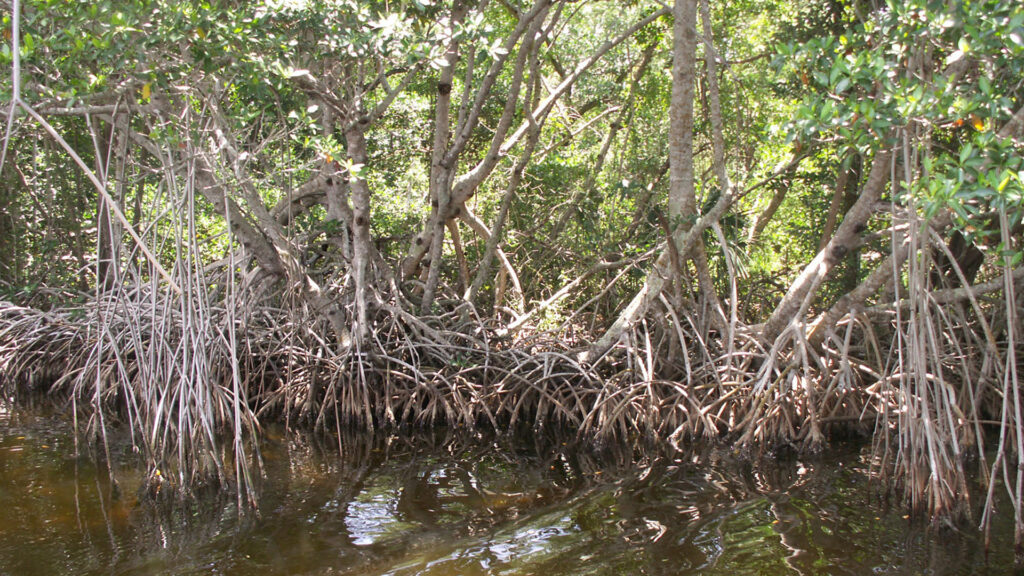A roundup of news items related to climate change and other environmental issues in Florida:
Mangroves common in South Florida are moving north | Axios

Floridians are familiar with mangroves — but imagine them moving into Georgia or South Carolina.
Why it matters: With the country experiencing fewer freeze events, mangroves that thrive in coastal wetlands are moving into salt marsh habitats at higher latitudes, Villanova University professor Samantha Chapman tells Axios.
Chapman worked on a study exploring how salt marshes and mangroves build elevation in the face of sea-level rise. While mangroves serve as natural sea barriers for coastal communities, help with carbon storage and provide habitats for animals, the study also says that “consequences of this vegetation shift for ecosystem sustainability remain unknown.”
Bills to fully fund preservation of the Florida Wildlife Corridor are lagging in Tallahassee | WUSF
There’s been some good news coming out of Tallahassee this year for the Florida Wildlife Corridor. But funding to buy those lands may not be as forthcoming.
Gov. Ron DeSantis has signed a bill that will direct $200 million to help link hiking and biking trails to a planned statewide wildlife corridor.
But bills that would have set annual spending for the wildlife corridor at between $300 million and $350 million a year never got out of committee. Instead, another bill has a better chance of being passed that would allocate $100 million a year for the Florida Forever land preservation fund. But that bill would allow the money to be used on administrative costs.
Bacteria skyrockets to 100 times beyond safe levels in some Fort Lauderdale canals after historic flooding | Sun Sentinel
Fort Lauderdale — known as the “Venice of America” for its many waterways — was marred by water dirtier than a toilet during last week’s historical flooding.
Data collected by Miami Waterkeeper, a nonprofit focused on clean water and ecosystem protection, indicates that on April 13, the day after last week’s record rainfall, while Fort Lauderdale flooded streets drained into area rivers and canals, those waterways had extremely high bacteria levels.
The group collected water samples from 10 sites, and at all 10, enterococci bacteria levels ranged from 38 to 144 times higher than what the Environmental Protection Agency deems safe for swimming.
If you have any news items of note that you think we should include in our next roundup, please email The Invading Sea Editor Nathan Crabbe at ncrabbe@fau.edu.



